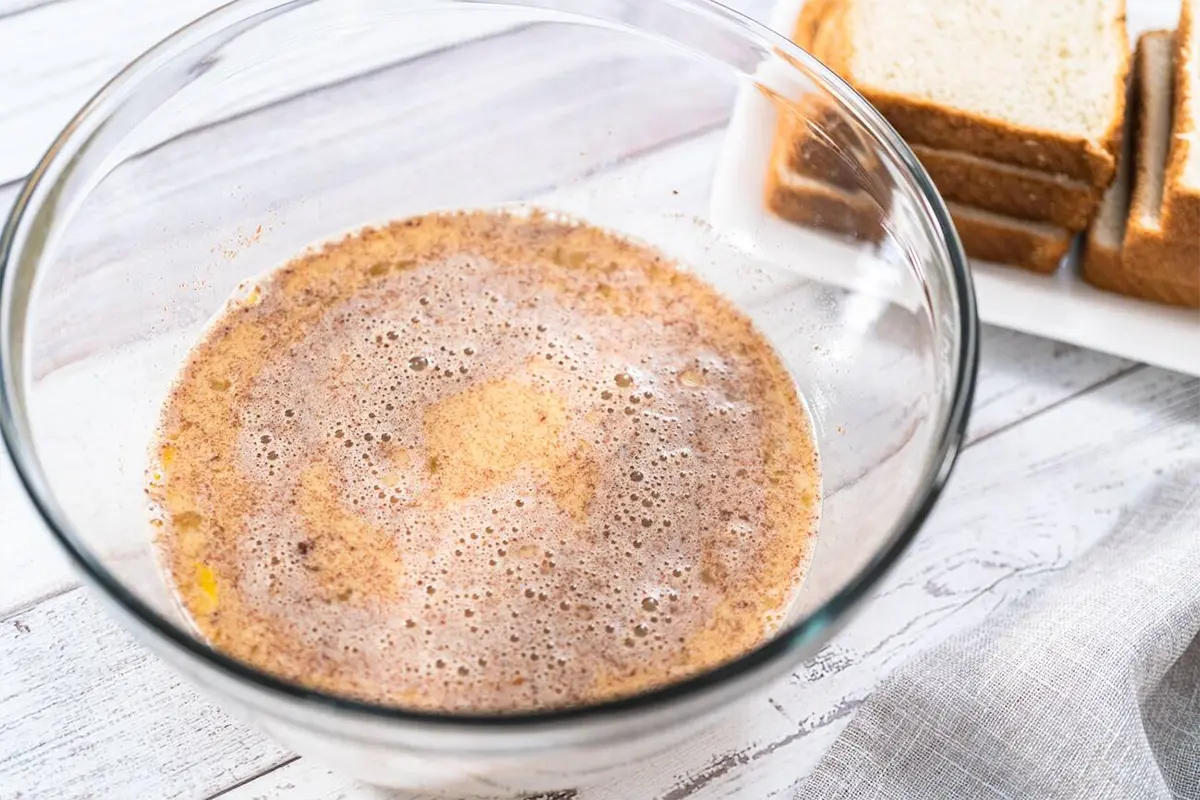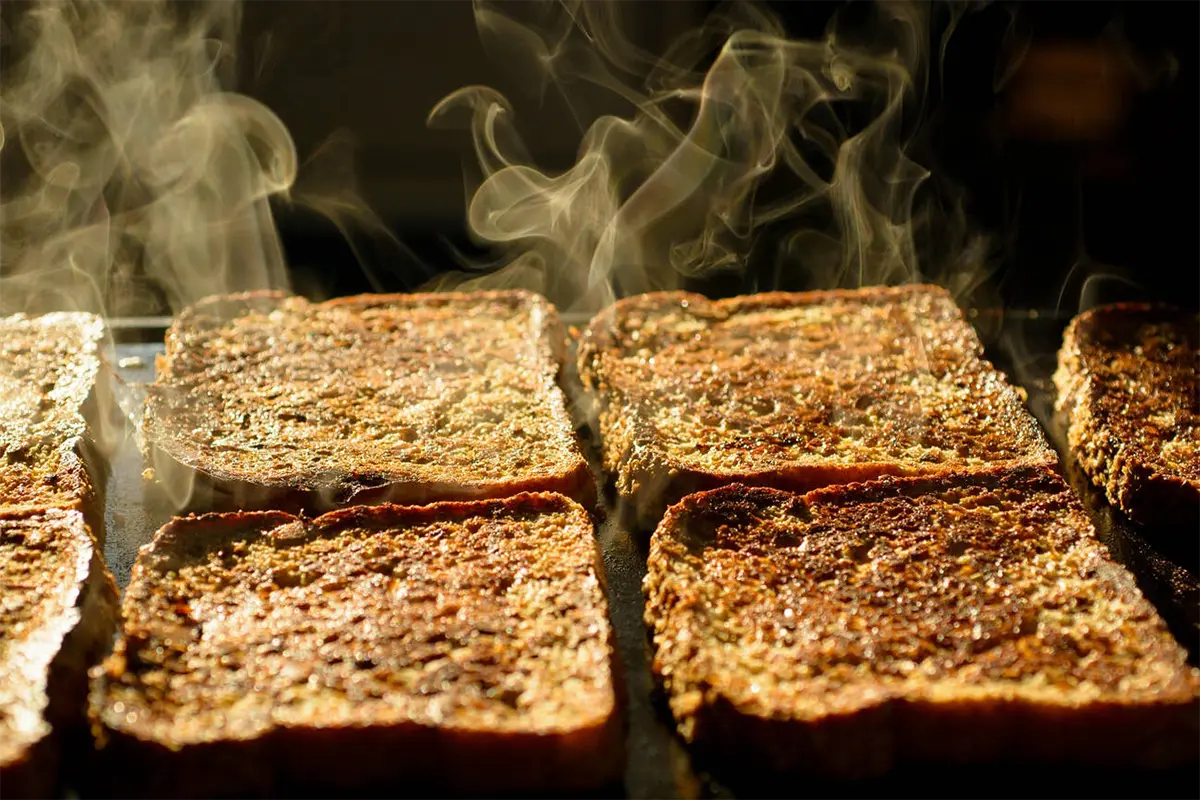Before we embark on our culinary journey, imagine a world where breakfast is not just a meal but an art form. Here, the humble egg and bread unite to create Fluffy French Toast, a dish celebrated worldwide for its versatility and comfort. Additionally, our guide will lead you through the basics, unveiling secrets to a fluffy texture, and exploring beyond to include classic recipes, cinnamon highlights, vegan alternatives, and gluten-free choices. Consequently, are you ready to elevate your breakfast? Let’s dive into the foundation of this beloved dish, ensuring that every bite is a testament to culinary creativity and simplicity.
Understanding the Basics of French Toast
French toast, at its core, epitomizes culinary simplicity and comfort. This beloved dish begins with a fundamental step: soaking slices of bread in a mixture of beaten eggs and milk. Subsequently, these soaked slices are pan-fried until they reach a golden-brown hue, embodying the perfect blend of crispy edges and a soft, custardy center. It’s this delightful contrast that has cemented Fluffy French Toast as a cherished recipe, passed down through generations and celebrated in various cultures around the globe.
Moreover, the versatility of French toast lies in its humble ingredients. By adjusting the type of bread or the components of the egg-milk mixture, one can tailor the dish to suit different palates and occasions. For instance, using denser bread like brioche or challah can elevate the dish, making it more luxurious, while adding spices such as cinnamon or nutmeg to the batter infuses it with warmth and complexity.
Additionally, French toast serves as a canvas for a plethora of toppings, allowing for endless creativity. From the traditional dusting of powdered sugar and a drizzle of maple syrup to more elaborate garnishes like fresh berries, whipped cream, or even savory options like bacon and cheese, the possibilities are boundless.
In essence, French toast represents more than just a breakfast item; it’s a testament to the joy of simple cooking. It showcases how basic ingredients, when combined with a bit of culinary craftsmanship and a dash of creativity, can create a dish that resonates with people across different cultures and walks of life, making it a timeless classic in the world of comfort food.
The Historical Significance of French Toast
Here’s a twist: French toast isn’t French. Its roots go back to ancient Rome, where it was known as ‘Pan Dulcis’. Romans soaked bread in eggs and milk, frying it to create a timeless dish. Over the centuries, Fluffy French Toast has evolved, embracing new flavors and names, showcasing the universality of great food. This evolution highlights how a simple dish can adapt and thrive across different cultures and epochs, continually appealing to new generations of food lovers.
Key Ingredients Overview
Here’s a twist: French toast isn’t French. Its roots go back to ancient Rome, where it was known as ‘Pan Dulcis’. Romans soaked bread in eggs and milk, frying it to create a timeless dish. Over the centuries, Fluffy French Toast has evolved, embracing new flavors and names, showcasing the universality of great food. This evolution highlights how a simple dish can adapt and thrive across different cultures and epochs, continually appealing to new generations of food lovers.

A detailed close-up showcasing the fluffy texture of perfectly cooked French toast



